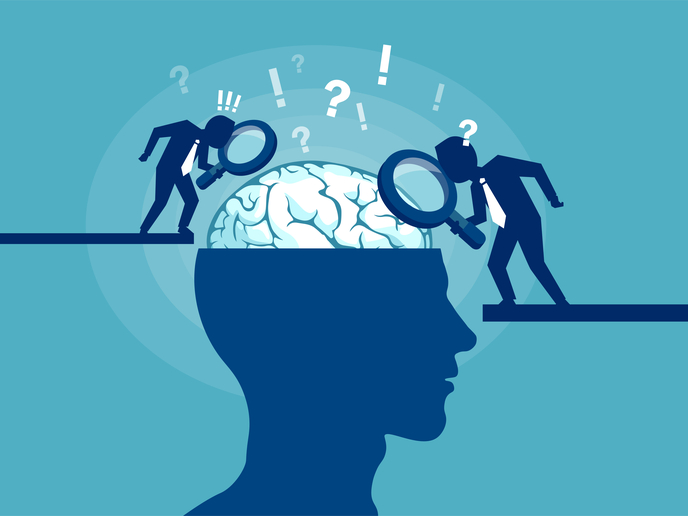Making brain research easier with open-source software
In brain research today, the neuroimaging and brain modelling workflows used to analyse large data require processing power and storage beyond what personal computers can offer. As a result, researchers find it hard to independently replicate the scientific results generated by such complex digital workflows. Given that modern-day scientific progress is increasingly dependent on such workflows, what are scientists to do? The open brain research platform EBRAINS created by the EU-funded Human Brain Project (HBP SGA3) offers a solution through an extensive range of data and tools for brain-related research, offered in a protected environment that promotes reproducible work. Now, EBRAINS is also offering scientists cloud services for brain simulation and analysis through an open-source software called The Virtual Brain (TVB). The software is described in a study published in the journal ‘NeuroImage’. TVB cloud services were developed to make it easier for researchers located all over the world to collaborate online, sharing data and running software in a common computing space. Designed to be accessible and easy to use, TVB can be used in an internet browser on any operating system – users do not need to install any software. “In addition, TVB can also be used as a Python library for programming in the EBRAINS Lab,” the study reports. “Via these interfaces users can upload brain network models, configure, and run simulations, as well as postprocess and export results.”
Safety first
Sharing data and collaborating online raises privacy concerns, since highly personal health data can be misused for malicious purposes. “With TVB on EBRAINS we created a software environment that globally implements state-of-the-art security mechanisms like encryption, access control and sandboxing to protect personal data, while at the same time workflows can be flexibly and reproducibly modified using containerized applications,” the authors report in the study. These measures make it easier for individual researchers to protect confidential data and to comply with EU data protection laws. To make workflow processing reproducible, the research team used the open-source distributed data management solution DataLad that allows all inputs, codes and processing steps involved in a workflow to be tracked. This “built-in” reproducibility makes it easier for scientists to “start the entire process or just individual steps and verify the consistency and correctness of the research, or use and adapt it for another problem.” TVB on the EBRAINS ecosystem can also be transferred to other cloud environments in the European Open Science Cloud or beyond. It therefore serves as a reference architecture for secure processing and simulation of neuroscience data in the cloud. “EBRAINS is an accelerator for European ambitions in multidisciplinary brain research, combining cutting-edge neuroscience, high-performance computing, and artificial intelligence,” states HBP Director General and EBRAINS CEO Paweł Świeboda in a news item posted on the EBRAINS website. “We are determined to provide the best tools and online services for scientists to find, analyze, distribute, visualize, and integrate brain data for their research. The Virtual Brain is an essential part of this offering, and we are committed to continuing to support its development and adoption.” The HBP SGA3 (Human Brain Project Specific Grant Agreement 3) ends in September 2023. For more information, please see: EBRAINS project website Human Brain Project website
Keywords
HBP SGA3, brain, EBRAINS, The Virtual Brain, TVB, software, cloud



